1. Introduction to Generative AI
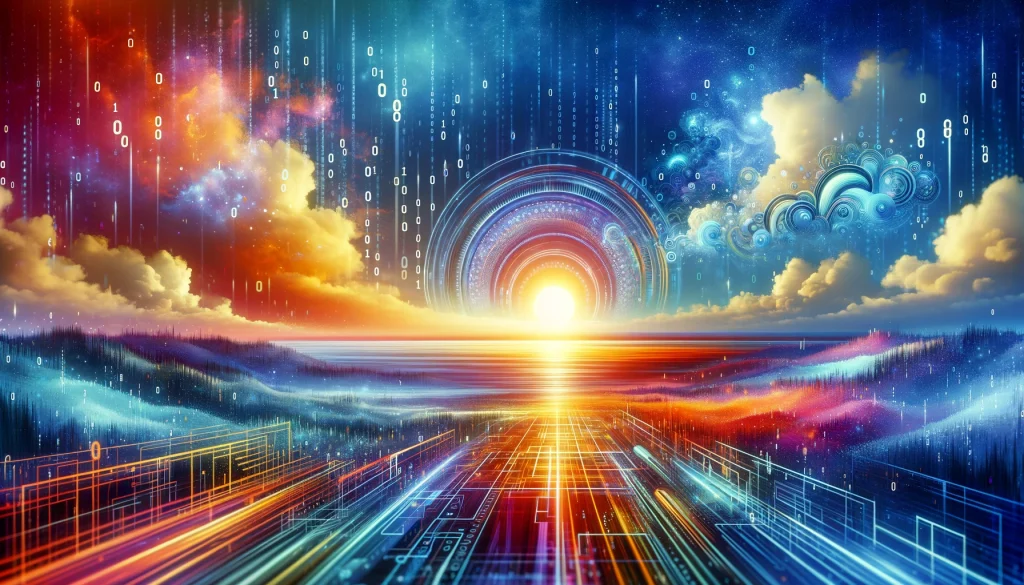
This is a big step forward for what Ai(Generative Artificial Intelligence) can do. It lets computers make new things, like writing, pictures, videos, and patterns of data. AI from the past could only understand or examine data, but this is not the same. Models and deep learning have come a long way, especially transformer models, which help make text, pictures, and videos that look and feel very real. Generative AI got a lot of attention in the early 2020s because it can do so many things, like write code, make ai generated art, and even apps.
The way is being paved by big companies like Google, OpenAI, and NVIDIA. But there are also problems, such as problems with privacy, property, false information, and job effects.
Generative AI has its roots in the creation of generative models and the big steps forward made in deep learning and neural networks. Transformer-based models have been very important in these areas because they allow AI systems to process and create text that looks like it was written by a person, realistic images, and interesting videos with a level of complexity that has never been seen before.
These models learn by taking in huge amounts of data, figuring out the patterns and structures that lie beneath the data, and then using what they’ve learned to make new, original outputs that often make it hard to tell the difference between content that was made by humans and content that was made by machines.
In the early 2020s, there was a huge surge in interest and investment in Generative AI. This was because people saw how it could change many businesses. GenAI can do a lot of different things, from making chatbots that are dynamic and sensitive and can talk about a wide range of topics to making ai generated art that makes people feel things and even writing code that runs the next generation of software applications.
Tech giants and innovative startups are both leading the way in this field. Examples include Google with its generative AI projects, OpenAI with its groundbreaking work on ChatGPT, and NVIDIA, which has been at the forefront of building powerful computer systems that support AI research and development.
These groups, along with others, are not only making technology better, but they are also shaping how it fits into our daily lives, businesses, and artistic projects.
But because we are on the verge of a new era, GenAI also brings with it new problems and moral questions. Many people are worried about copyright violations, privacy, the spread of false information, and the loss of jobs that humans used to do. So, while Generative AI offers to open up new creative possibilities and ways to make things more efficient, it also forces us to be careful and responsible as we move through these new environments.
In the end, Generative AI isn’t just a new technology; it’s a way to rethink what’s possible in the digital world. We have to rethink what creativity, productivity, and even what it means to be human in a world that is becoming more and more AI-driven as we learn more about its powers and uses.
Definition and Capabilities of Generative Artificial Intelligence (GenAI or GAI)
A group of AI technologies called generative artificial intelligence (GenAI or GAI) can make new content that is close to, but not exactly the same as, the data that they were trained on. This includes text, images, music, and even synthetic data. GenAI is different from standard AI because it creates new things instead of just understanding, analyzing, and interpreting information.
This is made possible by advanced machine learning models and methods, such as Generative Adversarial Networks (GANs) and transformer-based neural networks. These have been very helpful in understanding and copying the complicated processes of making things that look and act like humans.
Why AI-made art and digital creation are important
AI-generated art and digital creation are becoming more popular, which is one of the most interesting uses of GenAI. People who make art and other things use these tools to experiment with new ways to express themselves and be creative.
Ai generated art that was made with some help from AI includes everything from paintings and drawings to music and computer installations. This new invention has made people think about what creation and ai generated art really are. It has made us question what we thought we knew about the creative process and the artist’s role in the age of AI.
GenAI’s part in the early 2020s AI boom
The AI boom in the early 2020s was made possible by GenAI. During this time, AI technologies improved quickly and were widely used in many areas. GenAI systems have been a key part of this technological revolution because they can make a wide range of complex outputs with little help from humans. They made things like content creation, personalized user experiences, and automatic data synthesis more efficient and led to new ideas. This sped up the growth and use of AI in ways that had never been seen before.
Making GenAI work with everyday technology and continuing to improve it is a big step toward our goal of creating smart tools that can not only understand the world around them but also add to it in new and interesting ways. One of the most interesting things about AI is that it can change businesses, redefine creativity, and have an impact on our daily lives. GenAI keeps getting better at this.
2. The Technological Backbone of GenAI
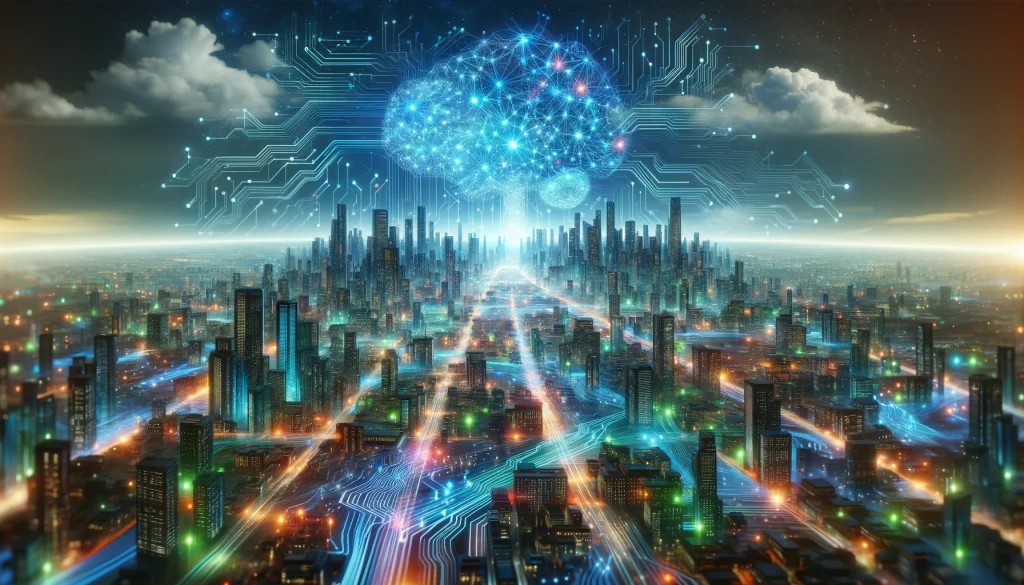
Generative Artificial Intelligence (GenAI) is based on a complex set of advanced machine learning models and methods that have changed a lot over the years. GenAI’s main skills come from two important new technologies: generative models and transformer-based deep neural networks. These technologies have taken AI from simple tasks like automating tasks and recognizing patterns to making new, original material that looks and acts like human creativity.
Generative Artificial Intelligence Models and Deep Neural Networks Built on Transformers
Generative models are a type of machine learning model that makes new data cases that look like the training data. These models learn to understand how the data they are given is distributed and what its properties are, which lets them make new data points with similar qualities. Generative Adversarial Networks (GANs) are one of the most interesting types of generative models because of their unique structure and ability to produce lifelike, high-quality outputs.
GANs work like a zero-sum game, where two neural networks (the discriminator and the creator) compete with each other. As the discriminator compares the generated data to real data, it learns to tell the difference between the produced data and the real data. GANs are very good at making realistic images, videos, and even songs because they are constantly improving the quality of the outputs through an adversarial process.
GenAI has also come a long way thanks to transformer-based deep neural networks, especially in the area of natural language processing (NLP). Transformers handle sequences of data, like sentences, using self-attention mechanisms. This lets them understand context and write text that makes sense and is relevant to the situation. Some of the most advanced language models, like GPT (Generative Pretrained Transformer), are built on top of this architecture. GPT can write essays, poems, and even code, showing that it has a deep knowledge of human language.
From Early AI to GenAI: How it has Changed Over Time
The development of artificial intelligence from its early stages to GenAI’s advanced features is a major step forward in the field. To begin with, AI was only good at doing specific jobs and relied on rule-based systems that needed to be explicitly programmed. However, the arrival of machine learning and then deep learning marked a shift toward AI systems that can learn from data, make choices, and solve problems on their own.
This change has been made possible by the creation of generative models and major advances in transformer-based deep neural networks. Not only have these technologies made AI better at understanding and processing, they have also given it the ability to make new, creative things. This progress has made AI useful in many more areas than it used to be limited to, letting it help creatively and innovatively in many areas.
Adding Search Terms: “Generative Artificial Intelligence” (Generative Adversarial Networks)
While adding “GAN Artificial Intelligence” to GenAI’s main technology, it becomes clear how advanced models can be used to copy how competitors work and how deep learning methods can be used to achieve truly amazing levels of creativity and innovation. These new developments show that AI is always growing and changing. Additionally, they open the door for more concepts that will keep AI from stopping at its current levels.
3. GenAI’s Early Adopters and Innovators
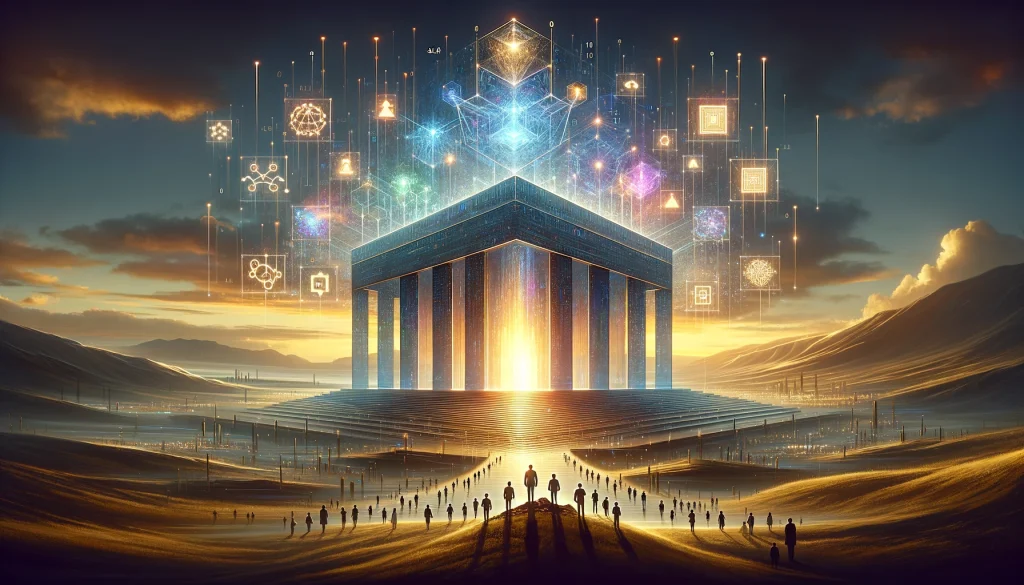
Generative Artificial Intelligence (GenAI) is being shaped and grown by a wide range of companies, from tech giants like Google and NVIDIA to new, innovative businesses. These leaders are creating and using GenAI technologies ahead of everyone else, which is leading to big steps forward and new opportunities in many fields.
Google’s Efforts and Progress in Generative Artificial Intelligence
Google has been a major force in the progress of GenAI, using its huge resources and study power to push the limits of what’s possible. DeepMind at Google, for example, has made a lot of progress in this area, especially with the creation of WaveNet, a deep generative model of raw audio waveforms that changed the way text-to-speech systems work by making them more realistic and fluid than ever before.
Google has also made huge contributions to the building of transformer models. The Transformer architecture has had a huge effect on natural language processing, making it easier to do jobs that go from one sequence to another in a more complex way. Google’s BERT (Bidirectional Encoder Representations from Transformers) is another important step forward in the use of transformer models. It makes Google’s search engine and many other apps better at understanding words.
GenAI Tools are Getting Faster Thanks to NVIDIA
GenAI technologies have moved much faster thanks in large part to NVIDIA’s creation of powerful GPU hardware made to handle the huge amounts of computing needed to train deep learning models. GPUs from NVIDIA are now standard in the field of AI study because they make model training faster and more efficient.
NVIDIA has helped GenAI in more ways than one. Its tools and research have also been useful. The company has made a number of AI systems and tools that make it easier to make and use generative models. For example, NVIDIA’s work on GANs has led to big steps forward in making photorealistic images and videos, which makes AI-generated material much more realistic and high-quality.
GenAI is being shaped by both small businesses and big Tech Companies.
Not only are big tech companies driving the GenAI field, but there is also a thriving community of startups that focus on niche areas and new ways to use generative models. These startups are looking into new ways to use GenAI, such as making ai generated art and music that are produced by AI and making tools for content creation, design, and even personalized medicine.
These businesses are pushing the limits of GenAI and showing how it can change industries, redefine creativity, and have an effect on our daily lives. GenAI is one of the most exciting areas of technology right now because of the way these pioneers and innovators work together and compete with each other. This creates a steady flow of new ideas, technologies, and applications.
As we look to the future, GenAI will continue to grow thanks to the contributions and progress made by both big businesses and new ones. Their work will not only make AI smarter, but it will also change how these technologies affect society and ethics. GenAI’s leaders and innovators are not only shaping the future of AI, but they are also laying the groundwork for how we will use, understand, and connect with technology in the years to come.
4. GenAI in Artistic and Creative Projects

Generative Artificial Intelligence (GenAI) has led to a huge increase in art made by AI, which marks a new era in creative and artistic work. The development of technology is not only changing how art is made, but it is also changing how we think about creation and the role of AI in the creative process.
The huge rise in Ai generated art and what it means
AI-generated art includes a lot of different kinds of art, from digital paintings and sculptures to music and writing. All of these kinds of art are made with the help of AI technologies. The progress in generative models, like GANs (Generative Adversarial Networks), which can make art that speaks to people’s feelings and sense of beauty, has made this explosion possible. The use of AI as a tool or partner in art production has led to discussions about what creativity is, what art is worth, and what this means for artists and the ai generated art community as a whole.
Free internet platforms where you can make AI art
Online sites that provide free tools for making AI art have made it much easier for more people to make AI art. GenAI models are used on these platforms to help users, no matter how good they are at art, make unique and interesting works of art. Websites and apps like DeepArt, Artbreeder, and DALL-E mini make it easy for people to try out AI-driven art creation, which is inspiring a new wave of creativity and participation in the art world.
Case studies: Creative and digital art projects that went well
There are a number of case studies that show how AI has helped and could help digital art and inspiration. For example, the picture “Edmond de Belamy,” which was made by Obvious Art using a GAN, sold at Christie’s for a record-breaking amount. This shows that the market is open to AI-generated art. In the same way, artists like Refik Anadol use AI to make immersive, changing installations that turn real-world spaces into works of live art. These successes show that GenAI has the ability to make the creative world better by opening up new ways to express yourself and learn.
5. Generative Artificial Intelligence Part in Video and Picture
Generative AI is changing the world of video production and multimedia by making it possible to create material and tell stories in ways that were not possible before.
Looking into how generative AI can be used in film production and content creation
GenAI technologies are being used in video production to simplify and improve many parts of the creative process, such as animation, scripting, and editing. Realistic scenes, characters, and settings can be made by AI-driven algorithms, which greatly cuts down on the time and resources needed to make content. This affects more than just the movie and entertainment industries. It also affects marketing, education, and virtual reality, all of which need more and more high-quality video material.
New ideas in stories and multimedia experiences that are powered by AI
GenAI is also making it possible for new ways to tell stories and enjoy multimedia. AI programs can look at and understand story structures, suggesting how the plot might go next or making stories that change based on how people react to them. GenAI can make a huge number of different situations, characters, and dialogues for interactive media like video games and virtual reality experiences. This makes it possible for people to have personalized and immersive experiences that were once only possible in science fiction.
These changes in video and multimedia show how GenAI has the power to change everything, not just as a way to make things more efficient but also as a way to make creation and storytelling more open. GenAI will play a bigger role in creative and artistic projects as technology keeps getting better. This will change how we think about what is possible in the digital age.
6. The Interesting Case of Loab: Experiments with AI and Stories
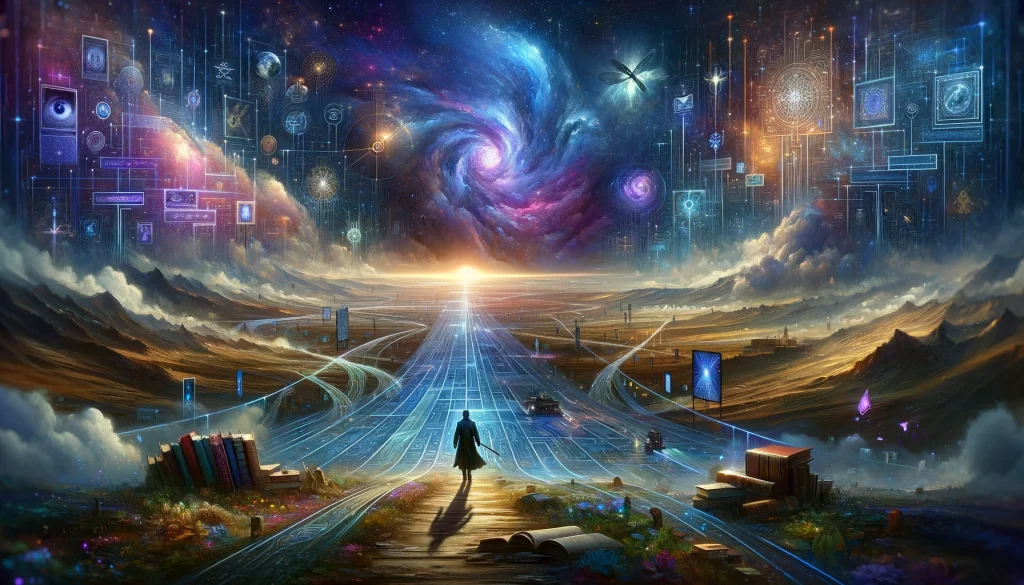
The use of Generative AI has greatly changed the way stories are told. The movie “Loab” is a great example of this change. Loab is a made-up figure that came from AI-generated art and got people interested in both digital art and storytelling. This event has shown us that AI could be used to make more than just art. It could also be used to try new ways of telling stories and build characters.
Looking at “Loab Artificial Intelligence” and how it changes stories and how characters are made
The fact that Loab was made from AI-generated images shows how Generative AI has the ability to change storytelling and character creation in ways that have never been seen before. Since Loab’s story came from both generative models and artists’ artistic interpretations, it shows how AI can be used as an inspiration for writing stories. A lot of stories and artworks have been based on the character Loab, which shows how deep and complicated AI-generated content can be.
The use of both imagination and AI to write complicated stories
In the case of Loab, we can see how human imagination and artificial intelligence can work together to make stories. This partnership makes it possible to explore complicated ideas, character arcs, and plots that might not have been thought of in the usual way. Generative AI can give you a place to start or a push to explore a story by giving you visual or mental ideas that get your creative juices flowing. When AI and human imagination come together, they push the limits of storytelling and create new ways for stories to be told and expressed.
7. AI that Creates new Information in Search and Discovery
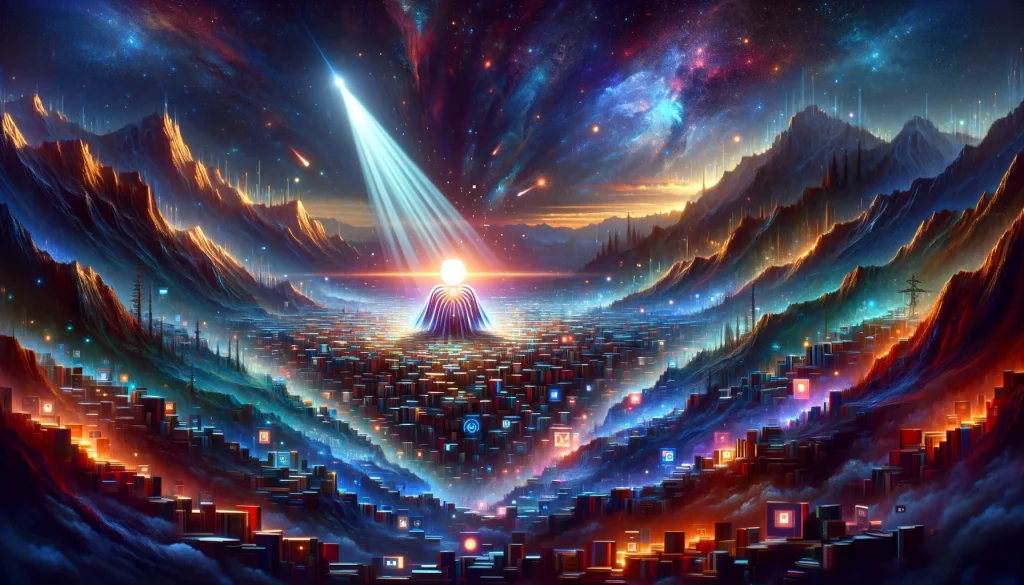
Generative AI is changing the way we look for and find things, especially how we get information and see it. These steps forward are shown by the fact that Google uses AI in its search algorithms, which includes picture search.
Google Image Artificial Intelligence: GenAI(Generative Artificial Intelligence) makes search better
Google has added Generative AI to its picture search service, which makes search results much faster and more accurate. Google Image Search can better understand the content and context of images by using algorithms that are run by AI. This makes search results more precise and useful. Adding GenAI not only makes the experience better for users, but it also makes it possible for more advanced visual finding tools to come out in the future.
The future of getting information and finding things visually through AI
The progress made in Generative AI has a lot to do with the future of search and finding. More advanced AI technologies(Generative Artificial Intelligence) will likely lead to search tools that are easier to use and involve more interaction. This could include AI systems that can understand and answer complicated questions, give users personalized search results, and even guess what information they will need based on how they use the system.
A lot of people are excited about how AI could change visual finding. Technologies like augmented reality (AR) and AI-powered recommendation engines can make exploration more immersive and personalized.
Generative AI is at the cutting edge of new technology in both narrative experimentation and search and discovery. It challenges our traditional ideas about creation, storytelling, and finding information. As we learn more about GenAI’s features and how it can be used, we are on the verge of a new era in the history of technology, one in which people connect with it in deeper, more meaningful ways.
8. AI that can talk and interact

Conversational artificial intelligence (AI) is a huge step forward in how people and computers talk to each other, and ChatGPT has become a standard in this area. This groundbreaking technology has completely changed how people interact with AI systems, creating smart conversation systems that make many different kinds of apps better for users.
ChatGPT is a big step forward in talking AI and generative technologies.
OpenAI’s ChatGPT is a great example of how far verbal AI(Generative Artificial Intelligence) and generative technologies have come. ChatGPT can have natural, human-like conversations thanks to its large language models and deep learning algorithms. It can answer user questions, give information, and even come up with creative material like stories and poems.
ChatGPT is a revolutionary tool for communication and interaction because it can understand context, figure out purpose, and respond in a way that makes sense in that context.
Intelligent dialogue tools are making user experiences better.
ChatGPT and other GAI(Generative Artificial Intelligence) dialogue systems are changing the way people use a huge range of apps. From chatbots for customer service to virtual assistants and platforms for interactive stories, these systems let you connect with them in a way that feels like you’re talking to a real person.
Generative Artificial Intelligence dialogue systems improve user satisfaction, speed up workflows, and build stronger relationships between people and technology by using AI to learn about user preferences, predict needs, and change answers.
9. Ethical Issues and Effects on Society
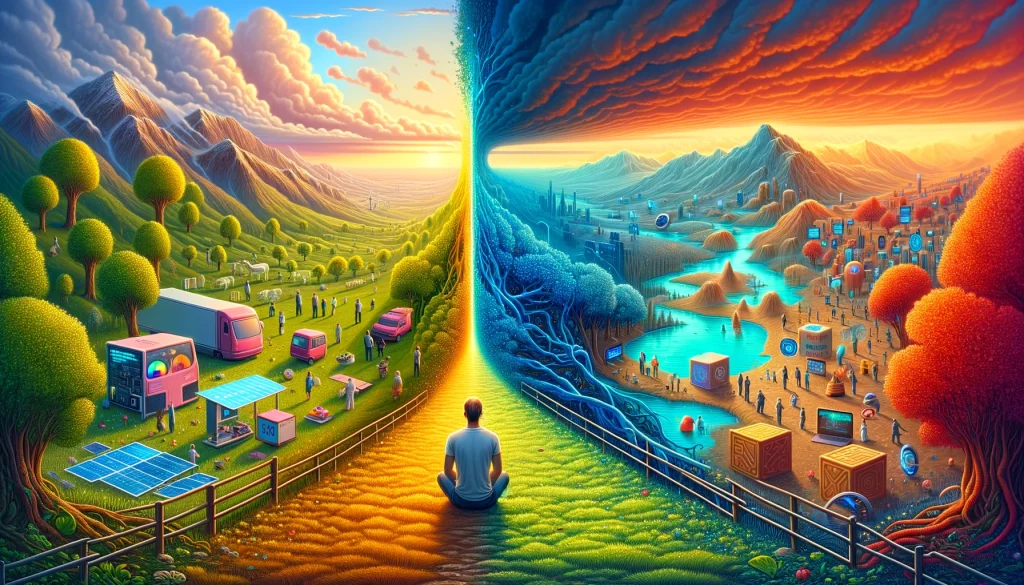
As more and more Generative AI technologies(Generative Artificial Intelligence) come out, it is important to find a balance between new ideas and moral concerns. Taking care of worries about the right way to use material made by AI is important for lowering possible risks and making sure that these technologies are used responsibly.
The balance between new ideas and using AI-made material in a moral way
Ethics must be taken into account at all times when creating and using Generative Artificial Intelligence material. This includes talking about things like false information, invasions of privacy, and the moral implications of artistic works made by AI(Generative Artificial Intelligence). To find a balance between encouraging innovation and upholding moral standards, researchers, developers, lawmakers, and the community as a whole need to work together.
Dealing with issues of false information, intellectual property, and moral creativity
One of the biggest worries about material made by AI is that it could be used to spread false information or trick people. As AI (Generative Artificial Intelligence)systems get better at making content that people will believe, there is a greater chance that false information will spread and societal divides will get worse.
Also, it’s important to be aware of the moral issues that come up with copyright violations and the fair use of Generative Artificial Intelligence material to protect the rights of content creators and make sure everyone has the same chances.
In conclusion, Generative Artificial Intelligencehas a lot of potential to change many parts of society, but it also has a lot of social issues and effects on society as a whole. We can get the most out of Generative AI while minimizing risks and making sure it has a good effect on society as a whole by putting morals first, encouraging openness, and encouraging responsible innovation.
10. The Future of GenAI: More Than You Can Imagine
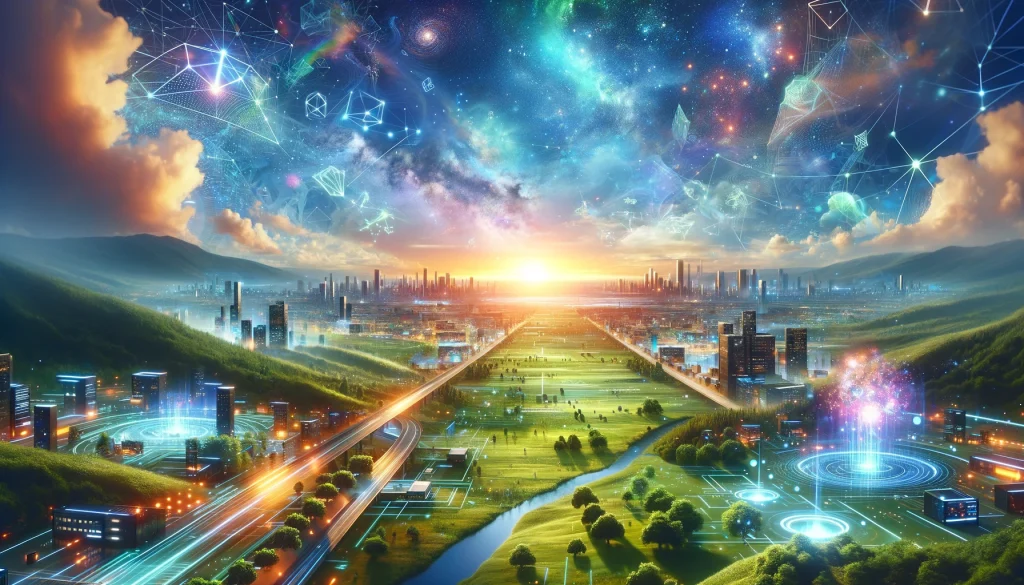
Generative Artificial Intelligence (GenAI) has a lot of exciting options for the future that we can’t even imagine now. As we look into the future, we expect big steps forward in art, video, and many other areas. This is because big companies like NVIDIA and Google are always looking for new ways to do things.
Generative AI’s next big steps forward in art, film, and other areas
GenAI(Generative Artificial Intelligence) could lead to new ways of expressing and being creative in the arts, making it harder to tell the difference between human-made and machine-made art. GenAI’s new uses will continue to change the art world, from interactive installations to shows put together by AI. GenAI(Generative Artificial Intelligence) technologies will also make it possible to make immersive, hyper-realistic experiences in video production that take users to new worlds and stories, pushing the limits of storytelling and multimedia.
NVIDIA, Google, and the ongoing push for AI technologies that break new ground
GenAI(Generative Artificial Intelligence) innovation will continue to be led by tech giants like NVIDIA and Google, who will use their knowledge and resources to push the limits of what’s possible. As NVIDIA keeps improving GPU technology, it will help make AI models that are smarter and more useful. At the same time, Google’s dedication to research and development will produce new innovations in computer vision, natural language processing, and other areas.
Together, these businesses will continue to shape the future of technologies that are based on AI, opening up new areas and uses in many fields.
How the relationship between human talent and AI is changing
It is expected that as GenAI technologies improve, human innovation and AI will work together better. AI won’t replace human creativity; instead, it will add to and improve it by giving us new tools, views, and ideas. When people and machines work together, new ways of expressing themselves and coming up with new ideas will appear, which will challenge standard ideas of authorship and creativity.
11. The End: Generative AI’s Endless Possibilities

In conclusion, Generative AI(Generative Artificial Intelligence) shows that people’s creativity and technology progress have no limits. In many areas, GenAI has become an essential force for growth and change, from changing the way art and stories are told to shaping the future of technology and society. As the saying goes, “great power comes great responsibility,” and it is up to us to make sure that AI-driven technologies are used in an ethical way.
When we think about how GenAI(Generative Artificial Intelligence) has changed things, we are aware of the huge opportunities that lie ahead. Generative AI will continue to inspire, challenge, and change our world for generations to come. We can confidently move forward with our journey if we uphold ethical values, encourage collaboration, and support new ideas.
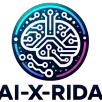
Rybelsus – Quick and Easy Weight Lass
According to randomised controlled trials, you start losing weight immediately after taking Rybelsus. After one month, the average weight loss on Rybelsus is around 2kg; after two months, it’s over 3kg.
What does Rybelsus do to your body?
Rybelsus (oral semaglutide) is a GLP-1 receptor agonist. It mimics a fullness hormone called GLP-1.
Rybelsus reduces appetite and hunger by interacting with the brain’s appetite control centre, the hypothalamus. This effect on the brain helps you eat fewer calories and starts almost immediately after taking the pill.
However, you might notice your hunger levels rising and falling in the first 4-5 weeks you take Rybelsus.
It can take around 4-5 weeks for Rybelsus to reach a level in the body we call a steady state. A steady state is when the drug’s levels in the body remain consistent rather than spiking and falling.
Interestingly, this initial weight loss is no different to other weight loss treatments or the impact of diet interventions on weight loss. The real effect of oral semaglutide is seen beyond three months.
Oral semaglutide is a long-acting medication that’s started at a lower dose to reduce the number and severity of side effects as it’s built up to a higher maintenance dose.
https://true-pill.top/rybelsus.html
Blackjack is not just a game of luck; it’s a thrilling challenge that can be mastered with the right strategy. Imagine the excitement of hitting 21 and beating the dealer with confidence. Whether you’re a novice or an experienced player, learning online for fun can transform your gaming experience and lead to significant wins. Don’t miss out on the opportunity to improve your skills and enjoy the rewards. Start playing blackjack today and take the first step towards becoming a pro!